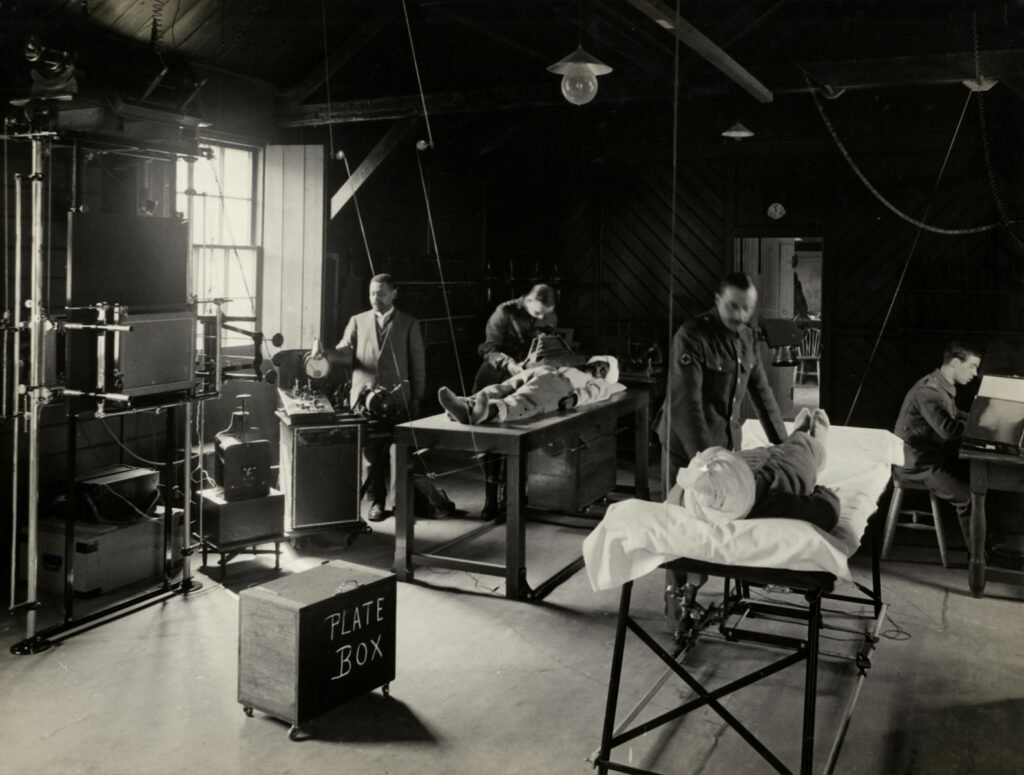
Challenges Faced by Women in the 18th Century
In the enigmatic world of 18th century US history, women grappled with a multitude of challenges that shed light on the rigid societal norms and restrictions prevalent at that time. With obstacles lurking around every corner, women faced a scarcity of educational prospects and were hemmed in by strict societal standards dictating their roles and conduct. As Abigail Adams shrewdly observed, “If particular care and attention is not paid to the ladies, we are determined to foment a rebellion.”
Women in the 18th century found themselves ensnared within the confines of domesticity, where their duties primarily revolved around managing households and tending to children. The absence of legal rights and property ownership only served to exacerbate their struggles, rendering many women defenseless and reliant on male relatives or spouses. Echoing Mary Wollstonecraft’s insightful words, “I do not wish [women] to have power over men, but over themselves.” Despite being shackled by constraints, women in the 18th century exhibited remarkable resilience and fortitude in confronting adversity – paving the way for future generations to challenge conventions and advocate for equality.
Fashion Trends and Expectations for Women
The enigmatic allure of 18th-century women’s fashion is truly a sight to behold. With their opulent gowns cascading with panniers and elaborate hairstyles adorned with feathers and ribbons, these ladies epitomized elegance and extravagance in every stitch and curl. As Abigail Adams cryptically mused, “To be good and to do good, is all we have to do.” This profound sentiment seemed to seep into every fold of fabric and strand of hair, as women meticulously crafted their attire not just for show, but as a reflection of their inner virtues and societal roles.
The intricacies of women’s fashion in this era extended far beyond mere aesthetics; it was a language unto itself, speaking volumes about one’s social standing and adherence to cultural norms. Modesty intertwined seamlessly with style, creating a delicate dance between tradition and trendiness that defined the essence of femininity at the time. In the words of Martha Washington herself, “The greater part of our happiness or misery depends on our dispositions and not on our circumstances.” Such wisdom resonated deeply within the realm of fashion as well, where women artfully balanced individual expression with societal expectations through their sartorial choices.
Education and Intellectual Pursuits for Women
Imagine being a woman in the perplexing 18th century, yearning for knowledge and intellectual stimulation. In a time where female education was an anomaly, you defy societal expectations by pursuing enlightenment in a male-dominated world. As Abigail Adams cryptically remarked, “Learning is not a happenstance occurrence; it must be vigorously sought after and diligently pursued.”
The challenges faced by women seeking education in the 18th century were as numerous as they were overwhelming. Opportunities were sparse, yet there existed resilient individuals who dared to challenge the status quo. Consider Mary Wollstonecraft, a trailblazer in advocating for women’s rights and education, fearlessly proclaiming, “I do not seek to grant [women] power over men; rather over themselves.” These enigmatic words continue to echo through time, underscoring the enduring significance of education and intellectual autonomy for women across history.
Marriage and Family Life
Oh, the perplexing maze of marriage and family life in the 18th century – a whirlwind of age-old customs, duties, and sporadic sparks of affection. In those times, matrimony was often viewed more as a practical agreement rather than a passionate union. As Abigail Adams wittily remarked, “Remember, all men would be tyrants if they could.” The women of that era found themselves immersed in the endless tasks of managing households, nurturing offspring, and navigating the complex web of societal norms.
For many women during this period, family life served as the very foundation of their existence. From bearing children to guiding them into adulthood, the responsibilities were overwhelming and ceaseless. Yet amidst the chaos of daily routines, there existed moments of happiness and camaraderie that provided solace during the challenges of domestic life. As Martha Washington wisely observed, “The greatest part of our happiness depends on our dispositions, not our circumstances.” Family bonds offered strength and purpose in a world that could be unforgiving and harsh.
Women in the Workforce
In the perplexing realm of 18th century America, the sight of women entering the workforce was a rare and enigmatic occurrence. The daring few who dared to step outside the confines of traditional domestic roles were met with skepticism and resistance that burst forth like a sudden storm. Despite these tumultuous challenges, there were pioneering women who blazed a trail for future generations to follow. As Abigail Adams cryptically declared, “Remember, all Men would be tyrants if they could.” Her words reverberate through time, hinting at the rebellion simmering beneath the surface as women demanded their rightful place in society.
One such enigmatic figure was Mercy Otis Warren, a mysterious blend of playwright, historian, and political commentator. Her writings on the American Revolution shook societal norms and illuminated the significance of women’s voices in shaping the nation’s destiny. Through her unyielding commitment to her craft and fearless pursuit of knowledge, Warren became an enigma that inspired women then and now as they navigated through turbulent waters of uncertainty. Reflecting on the complexities faced by women in 18th century workplaces forces us to acknowledge the indomitable spirit and resilience displayed by those who defied expectations to carve out their own unique space in a world dominated by men. Their legacy continues to mystify us today as we draw strength from their unwavering determination amidst adversity.
Women’s Role in Politics and Activism
The 18th century was a time of bewildering transformation and tumult, not only in terms of fashion and societal norms, but also in the realm of politics and activism. Women, often overlooked and underestimated, played an enigmatic role in molding the political terrain of the era. From Abigail Adams imploring her husband, John Adams, to “remember the ladies” in establishing the new government to audacious activists like Anne Hutchinson challenging the established order, these extraordinary individuals paved a cryptic path for future generations of women to have a say in politics.
Amidst the chaos of independence struggles, women across America found themselves enveloped in activism’s nebulous realm – pushing boundaries and defying conventions. From orchestrating boycotts of British goods to participating in political demonstrations and assemblies, figures like Mercy Otis Warren embodied the essence of patriotism and unwavering commitment to the revolutionary cause. Though their endeavors may not always have been acknowledged or celebrated at that time, their cryptic influence on shaping history’s trajectory cannot be ignored. The legacy left by these pioneering women continues to mystify and embolden women in modern times to rise up, speak out loudly,and assert their presence in the political arena.n
Health and Wellness for Women
Imagine the enigma of the 18th century, a period shrouded in mystery and intrigue where women’s well-being was cloaked in ambiguity. In a realm where medical wisdom was but a flickering flame, and elixirs concocted from herbs whispered tales of ancient magic, women navigated through a maze of challenges to safeguard their health. Despite the haze of uncertainty that clouded the era, there existed certain rituals believed to bestow vitality upon women.
A prevailing notion suggested that the elixir of life lay in the embrace of fresh air and vigorous exercise. The words of Benjamin Franklin echd through time like an enigmatic riddle: “Early to bed and early to rise, makes a man healthy, wealthy, and wise.” But this wisdom extended beyond just men; women too were beckoned towards an existence filled with movement and communion with nature as means to rejuvenate both body and spirit. Furthermore, herbal remedies danced on the fringes of society’s consciousness, offering solace for myriad female ailments. From chamomile tea promising serenity to lavender sachets whispering lullabies for restful slumber, women sought refuge in nature’s bosom when modern medicine turned its back on them.
Entertainment and Leisure Activities for Women
During the 18th century, women of leisure were immersed in a plethora of entertainment options that left them both bewildered and exhilarated. One such activity that captured their attention was attending the theater, where they were transported into a world filled with intense emotions and riveting performances. The celebrated actress Sarah Siddons once mused, “Acting is not about mere emotionality but rather the ability to articulate one’s deepest feelings.” This profound statement encapsulates the very essence of theater as a medium for women to explore the complexities of human sentiment through spellbinding portrayals.
Furthermore, women during this era also found solace in the art of dance, an activity that pulsated with vitality and rhythm. Whether twirling at grand balls or swaying gracefully at informal gatherings, dancing provided an avenue for women to exude elegance and poise. As Benjamin Franklin keenly noted, “Dance serves as a silent language for self-expression.” Through intricate footwork and fluid movements, women could communicate their innermost thoughts and societal standing without uttering a single syllable.


